Knowing darts etiquette for dealing with equipment malfunctions ensures fair play and maintains a sportsmanlike atmosphere; should an issue arise, stop play immediately, clearly communicate the problem, and allow for reasonable repairs or replacements. This article covers specific situations, preventative measures, and ways to handle disputes, so you can confidently navigate any equipment-related hiccup during a darts match.
⚠️ Still Using Pen & Paper (or a Chalkboard)?! ⚠️
Step into the future! The Dart Counter App handles all the scoring, suggests checkouts, and tracks your stats automatically. It's easier than you think!
Try the Smart Dart Counter App FREE!Ready for an upgrade? Click above!
Understanding Darts Etiquette for Dealing with Equipment Malfunctions
Darts etiquette for dealing with equipment malfunctions is vital for preserving the integrity and enjoyment of the game. Whether you’re a casual player or a serious competitor, knowing how to handle these situations gracefully and fairly is essential. This section explores the fundamental principles.
The core principle is fairness: ensuring that neither player gains an unfair advantage or disadvantage due to faulty equipment. This requires clear communication, mutual respect, and a willingness to compromise. It’s also about understanding that equipment malfunctions are a normal part of the game, and reacting calmly and constructively is key.
Moreover, **preventative measures** play a crucial role. Regularly inspecting your equipment and addressing potential problems before they escalate can significantly reduce the likelihood of disruptions during a match.
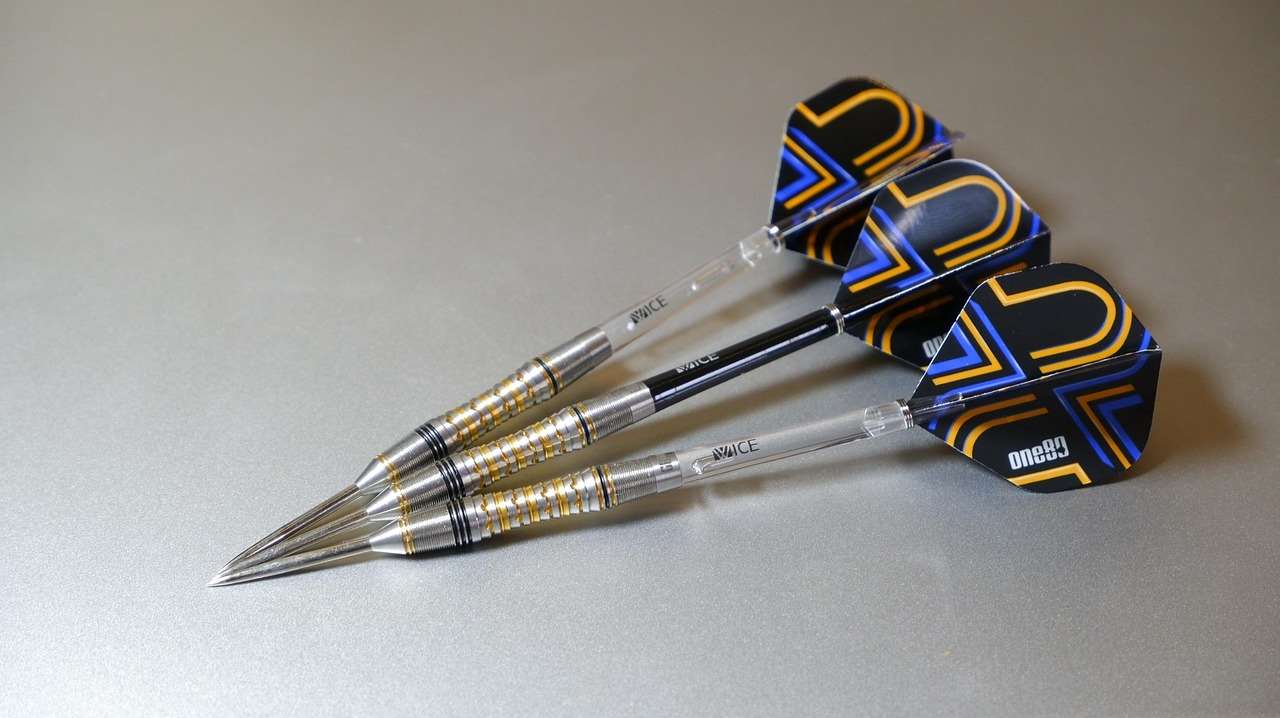
Common Scenarios and Their Solutions
Here are some common scenarios involving equipment malfunctions and the recommended darts etiquette for each:
- Broken Dart Shaft: If a shaft breaks during a throw, the player is allowed to retrieve the broken dart and replace the shaft before their next throw. The score from the valid darts thrown in that turn still count.
- Dartboard Issues: If a segment of the dartboard becomes loose or falls out, play should be stopped immediately. The board should be repaired or replaced before play resumes. If a dart dislodges a loose segment, the dart should be re-thrown after the segment is secured.
- Flights Falling Off: A flight falling off is a common occurrence. The player is allowed to replace the flight before their next throw.
- Dartboard Not Scoring Accurately: If the dartboard isn’t registering scores correctly (particularly with electronic boards), stop the game immediately. Try resetting the board or recalibrating it. If the problem persists, switch to a different board if available.
- Bent or Damaged Dart Points: A bent or damaged dart point can affect accuracy and damage the dartboard. Players should straighten or replace the points as needed between throws.
Specific Equipment Malfunctions and How to Address Them
This section delves into specific equipment issues and provides practical solutions while adhering to darts etiquette for dealing with equipment malfunctions. We’ll cover everything from dart damage to electronic board glitches.
Dealing with Dart Damage
Darts, despite their seemingly simple construction, are prone to damage. Here’s how to handle common dart-related issues:
- Broken Dart Point: If a dart point breaks off inside the dartboard, use a specialized dart point removal tool to extract it. If a player doesn’t have a removal tool available, politely ask if an opponent or another player has one. Remember to exercise caution to avoid further damaging the board.
- Damaged Flights: Torn or damaged flights significantly affect a dart’s trajectory. Always carry spare flights and replace damaged ones immediately. Different flight shapes also impact how a dart flies; experimenting with different flight shapes is fine during practice but avoid swapping them mid-match without good reason.
- Loose or Wobbly Shafts: Loose shafts cause instability. Tighten them with a dart tool or replace them. Consider using rubber O-rings at the base of the shaft to prevent loosening.
- Bent Barrels: While less common, dart barrels can bend from repeated impacts. A slightly bent barrel may still be usable, but a severely bent one should be replaced as it will impact accuracy.
Managing Dartboard Problems
Dartboard malfunctions can disrupt a game. Here’s how to address them while upholding darts etiquette:
- Loose Segments: As mentioned earlier, loose segments need immediate attention. Firmly press the segment back into place or, if that doesn’t work, request a repair or board replacement.
- Worn-Out Dartboard: Over time, dartboards wear out, especially in high-traffic areas like the bullseye and the 20 segment. Rotate the board regularly to distribute wear and tear.
- Spider Issues: The spider (the metal web dividing the segments) can become loose or raised, causing deflections. Gently tap the spider back into place. If it’s a recurring problem, the board may need replacement.
- Electronic Board Glitches: Electronic boards are convenient, but can be prone to glitches. Check the power supply, restart the board, or consult the manufacturer’s instructions for troubleshooting. If the issue persists, revert to a traditional board.
Preventative Measures for Equipment Maintenance
Proactive maintenance is key to minimizing equipment malfunctions. Here are some tips:
- Regular Inspection: Inspect your darts and dartboard before each game. Check for loose parts, damage, or wear and tear.
- Proper Storage: Store your darts in a case to protect them from damage. Keep your dartboard in a dry, stable environment.
- Carry Spares: Always have spare flights, shafts, and dart points on hand.
- Dartboard Rotation: Rotate your dartboard regularly to even out wear.
- Clean Your Darts: Wipe down your darts regularly to remove dirt and grime, which can affect grip.
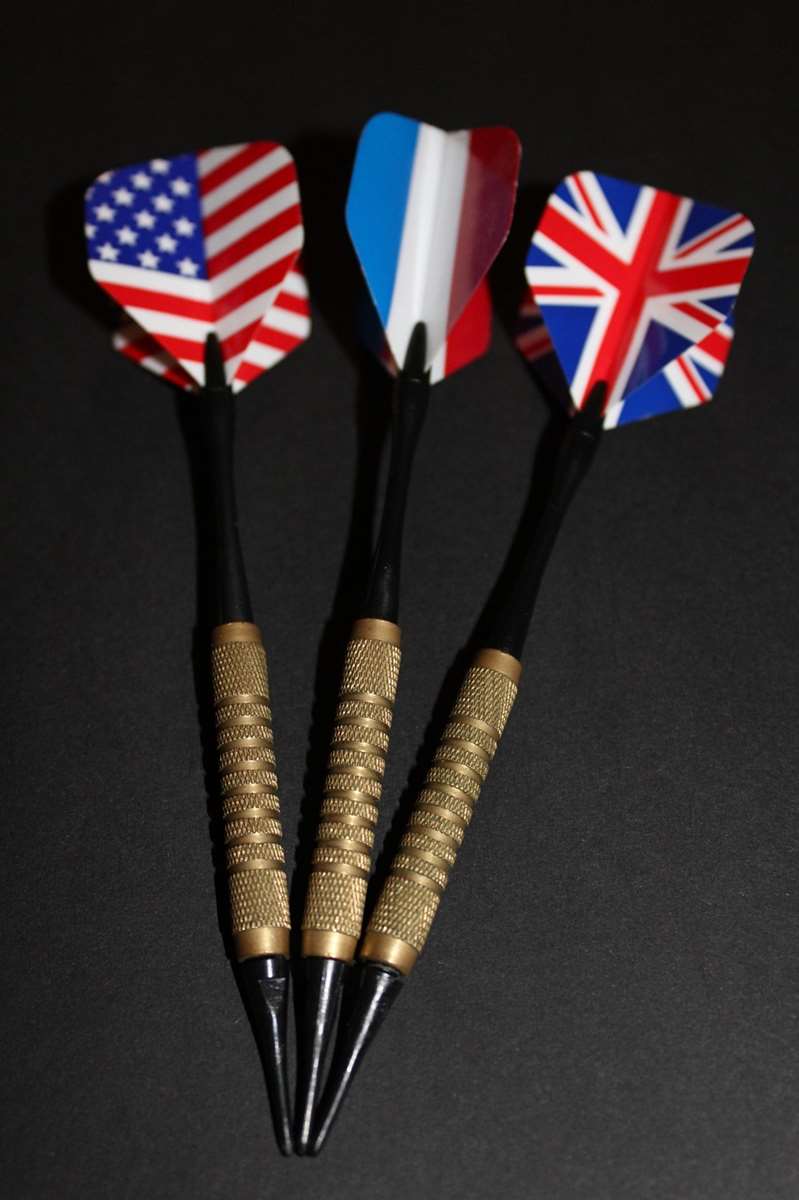
Communication and Conflict Resolution in Darts
Effective communication is paramount when dealing with equipment malfunctions. Misunderstandings can lead to disputes, so clarity and respect are essential. This section explores how to navigate potential conflicts related to darts etiquette for dealing with equipment malfunctions.
Clearly Articulating the Problem
The first step in addressing any equipment malfunction is to clearly articulate the problem. Avoid vague statements and provide specific details. For example, instead of saying “This dart is no good,” say “The shaft is loose, and I can’t tighten it.”
Be respectful and avoid accusatory language. Remember, most malfunctions are accidental, and the goal is to find a fair solution. Use a calm and measured tone, and actively listen to the other player’s perspective.
When possible, demonstrate the issue. Show the loose shaft, point out the damaged flight, or illustrate the electronic board glitch.
Resolving Disputes Fairly
Despite best efforts, disputes may arise. Here’s how to handle them fairly:
- Refer to the Rules: Consult the official rules of the game or the tournament guidelines. Most rulebooks address common equipment malfunctions and provide guidance on how to proceed.
- Seek Mediation: If you can’t resolve the dispute yourselves, ask a neutral third party to mediate. This could be a tournament official, a league representative, or another experienced player.
- Compromise: Be willing to compromise. Perhaps you can agree to replay the throw, use a different dartboard, or adjust the scoring.
- Accept the Decision: Once a decision has been made, accept it gracefully, even if you disagree. Arguing endlessly will only escalate the conflict.
- Avoid Personal Attacks: Keep the discussion focused on the equipment malfunction, and avoid personal attacks or insults.
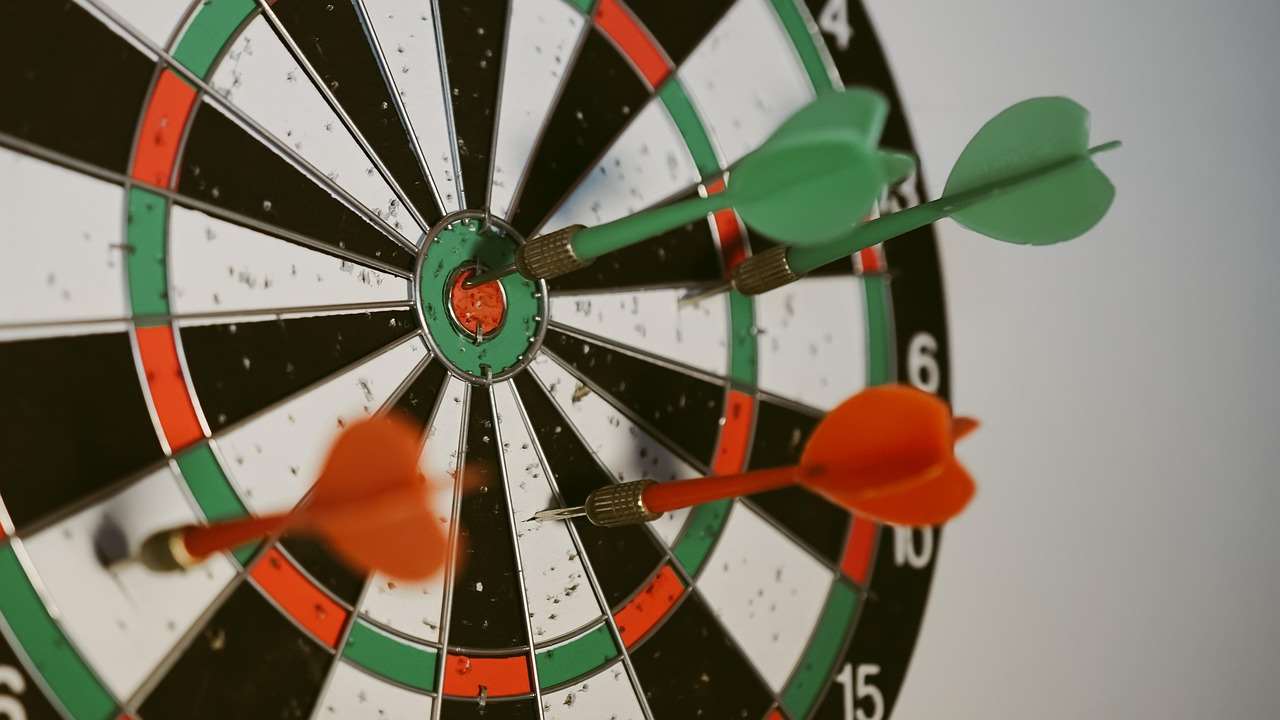
The Role of Sportsmanship
Good sportsmanship is fundamental to darts etiquette. Even in the heat of competition, remember to treat your opponent with respect and fairness.
- Be Honest: Don’t try to exploit equipment malfunctions for your own advantage.
- Be Respectful: Treat your opponent with courtesy and respect, even if you disagree.
- Be Fair: Adhere to the rules of the game and strive for a fair outcome.
- Be Gracious: Win or lose, be gracious and thank your opponent for the game.
Advanced Scenarios and Rule Interpretations
Certain situations require a deeper understanding of dart rules. These can often be interpreted differently, making darts etiquette for dealing with equipment malfunctions crucial. Let’s examine some more complex scenarios.
Interference During a Throw
What happens if an equipment malfunction causes interference during a throw? For instance, a segment of the dartboard falling off just as the player releases the dart.
In such cases, the general rule is to allow the player to re-throw the dart. However, it’s important to establish clear ground rules beforehand. Some leagues may have specific regulations on interference, so familiarize yourself with them.
Transparency is key. If you believe interference occurred, immediately inform your opponent and explain the situation clearly. Avoid any actions that could be perceived as dishonest or manipulative.
Electronic Dartboard Scoring Discrepancies
Electronic dartboards are convenient, but inconsistencies in scoring can arise. What if the board registers an incorrect score or fails to register a dart at all?
First, carefully examine the dartboard to ensure the dart is properly embedded in the intended segment. If the score is still incorrect, try manually adjusting it. Most electronic boards allow for manual score correction.
If the problem persists, consider switching to a traditional dartboard or using a manual scoring system. In tournament settings, consult with the tournament officials for guidance on resolving scoring discrepancies.
Third-Party Equipment Malfunctions
Sometimes, equipment malfunctions involve items other than the darts or dartboard. What if the lighting fails, the scoreboard malfunctions, or some other external factor disrupts the game?
In such cases, pause the game immediately and address the issue. Ensure the lighting is adequate, the scoreboard is functioning properly, and any other external factors are resolved before resuming play.
If the malfunction cannot be resolved quickly, consider postponing the game to a later date or moving to a different location. The goal is to create a fair and comfortable playing environment for both players.
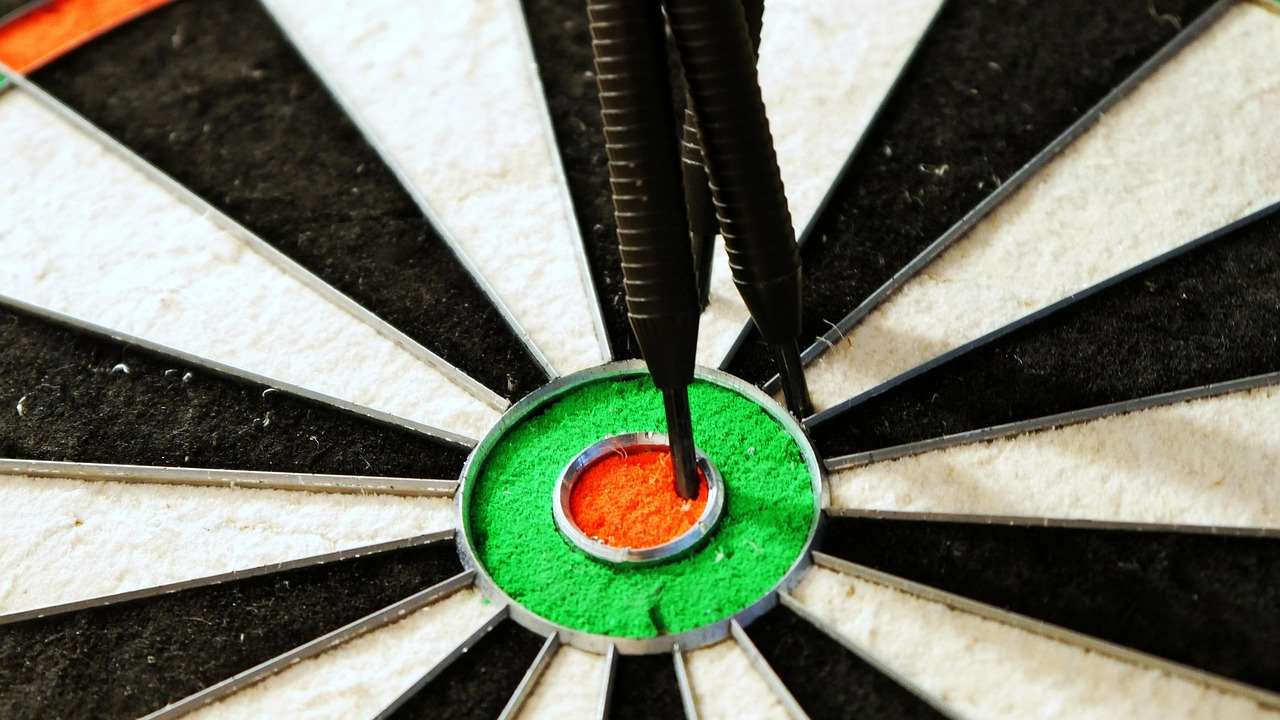
Ethical Considerations in Darts Equipment Handling
Beyond the technical rules and procedures, ethical considerations play a vital role in maintaining a fair and enjoyable darts experience. These considerations are deeply intertwined with darts etiquette for dealing with equipment malfunctions.
Avoiding Intentional Damage or Manipulation
It should go without saying, but intentionally damaging or manipulating equipment to gain an unfair advantage is strictly prohibited and considered unethical. This includes actions such as deliberately bending dart points, loosening segments on the dartboard, or tampering with electronic scoring systems.
Such behavior undermines the integrity of the game and can result in serious penalties, including disqualification from tournaments and bans from leagues. Always prioritize fair play and sportsmanship above all else.
Transparency and Honesty
Transparency and honesty are essential virtues in darts. If you notice an equipment malfunction, report it immediately, even if it might benefit you in the short term. Honesty builds trust and fosters a positive playing environment.
Similarly, be truthful about your own equipment. If you know that your dart has a tendency to bounce out, inform your opponent beforehand. If you accidentally damage the dartboard, take responsibility for it and offer to repair or replace it.
Respect for Opponents and Equipment
Respect for your opponents and their equipment is paramount. Avoid handling your opponent’s darts without their permission. Treat the dartboard with care and avoid throwing darts forcefully or carelessly.
Remember, darts is a game of skill and strategy, not aggression or intimidation. By demonstrating respect for your opponents and their equipment, you contribute to a positive and sportsmanlike atmosphere.
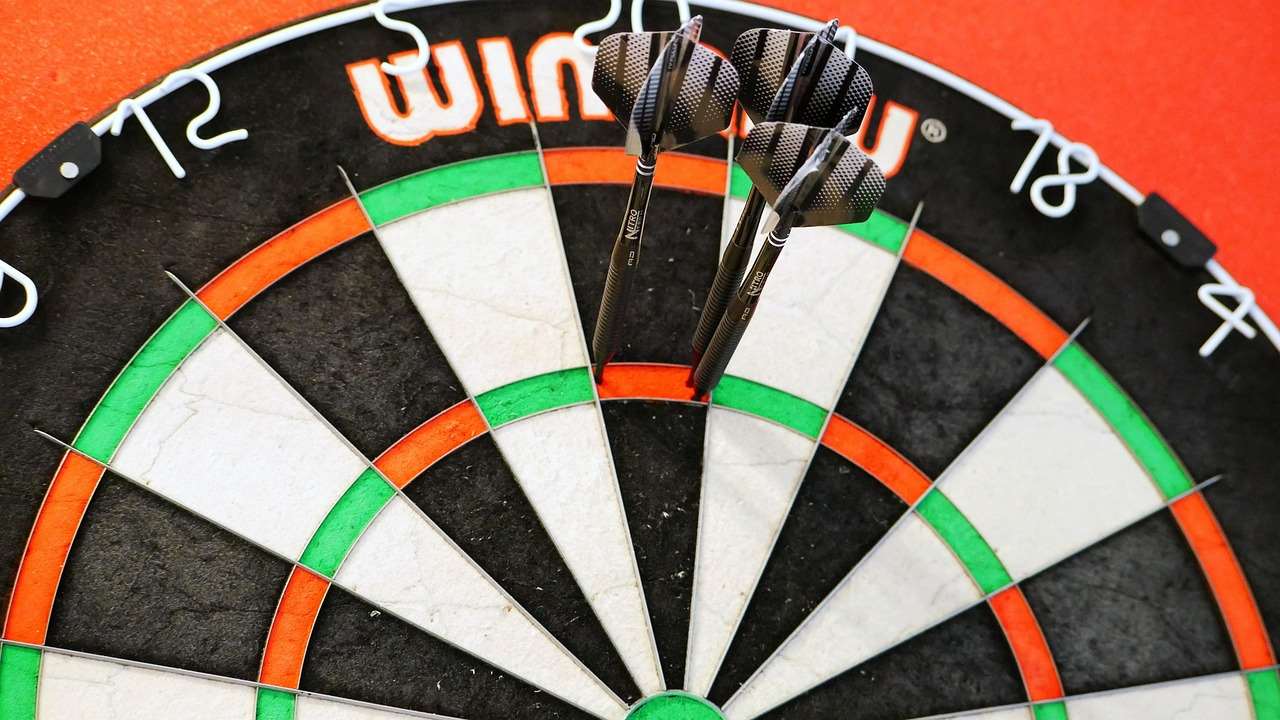
Conclusion: Mastering Darts Etiquette for Equipment Malfunctions
Understanding and practicing darts etiquette for dealing with equipment malfunctions is paramount for ensuring fair play, maintaining a sportsmanlike atmosphere, and resolving disputes effectively. By following the guidelines outlined in this article – from clearly communicating the problem and allowing for reasonable repairs, to preventing malfunctions through proper maintenance and proactively addressing dart damage or board issues – players can navigate equipment-related challenges with grace and integrity. Moreover, transparency, honesty, and respect for opponents further contribute to a positive and ethical environment, fostering a more enjoyable experience for all participants.
Ready to enhance your darts knowledge and skills? Why not start with Basic Darts Fundamentals for Beginners to solidify your foundation and elevate your game today!
Hi, I’m Dieter, and I created Dartcounter (Dartcounterapp.com). My motivation wasn’t being a darts expert – quite the opposite! When I first started playing, I loved the game but found keeping accurate scores and tracking stats difficult and distracting.
I figured I couldn’t be the only one struggling with this. So, I decided to build a solution: an easy-to-use application that everyone, no matter their experience level, could use to manage scoring effortlessly.
My goal for Dartcounter was simple: let the app handle the numbers – the scoring, the averages, the stats, even checkout suggestions – so players could focus purely on their throw and enjoying the game. It began as a way to solve my own beginner’s problem, and I’m thrilled it has grown into a helpful tool for the wider darts community.